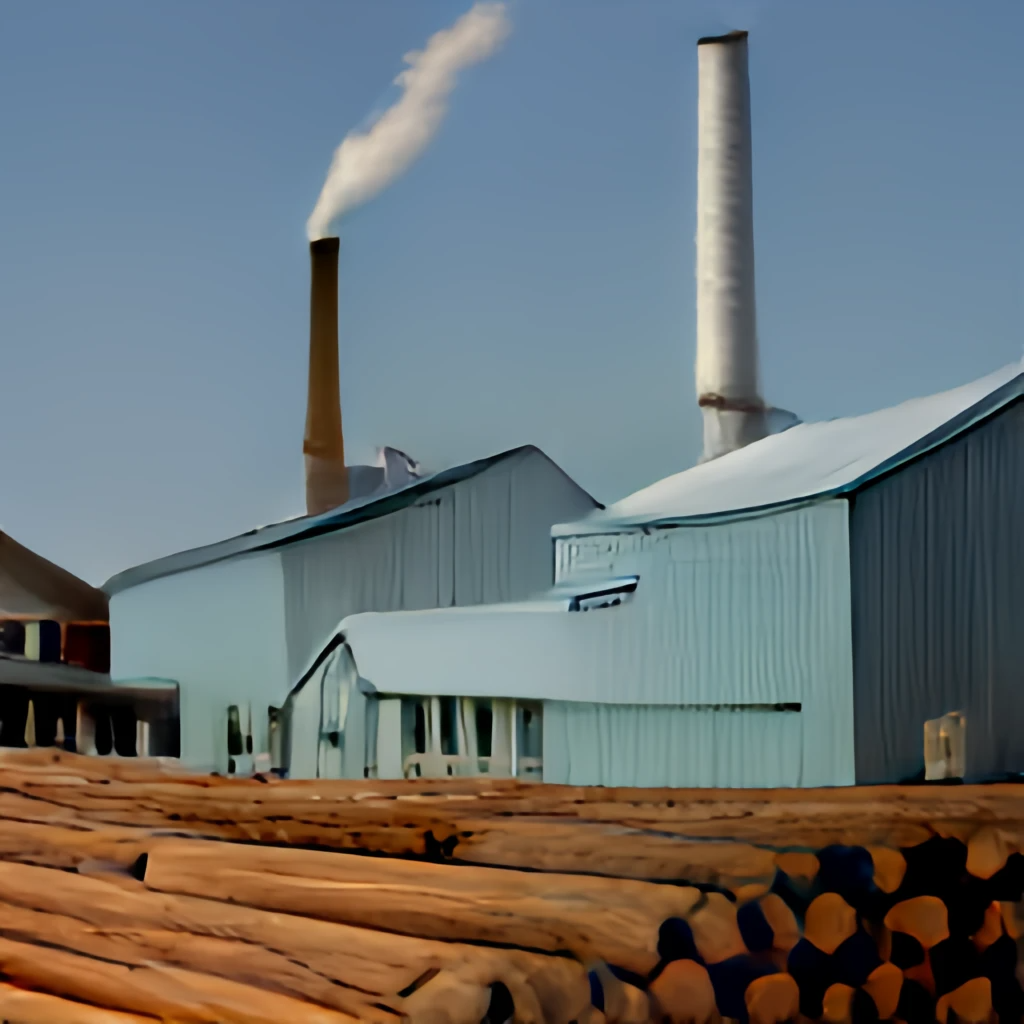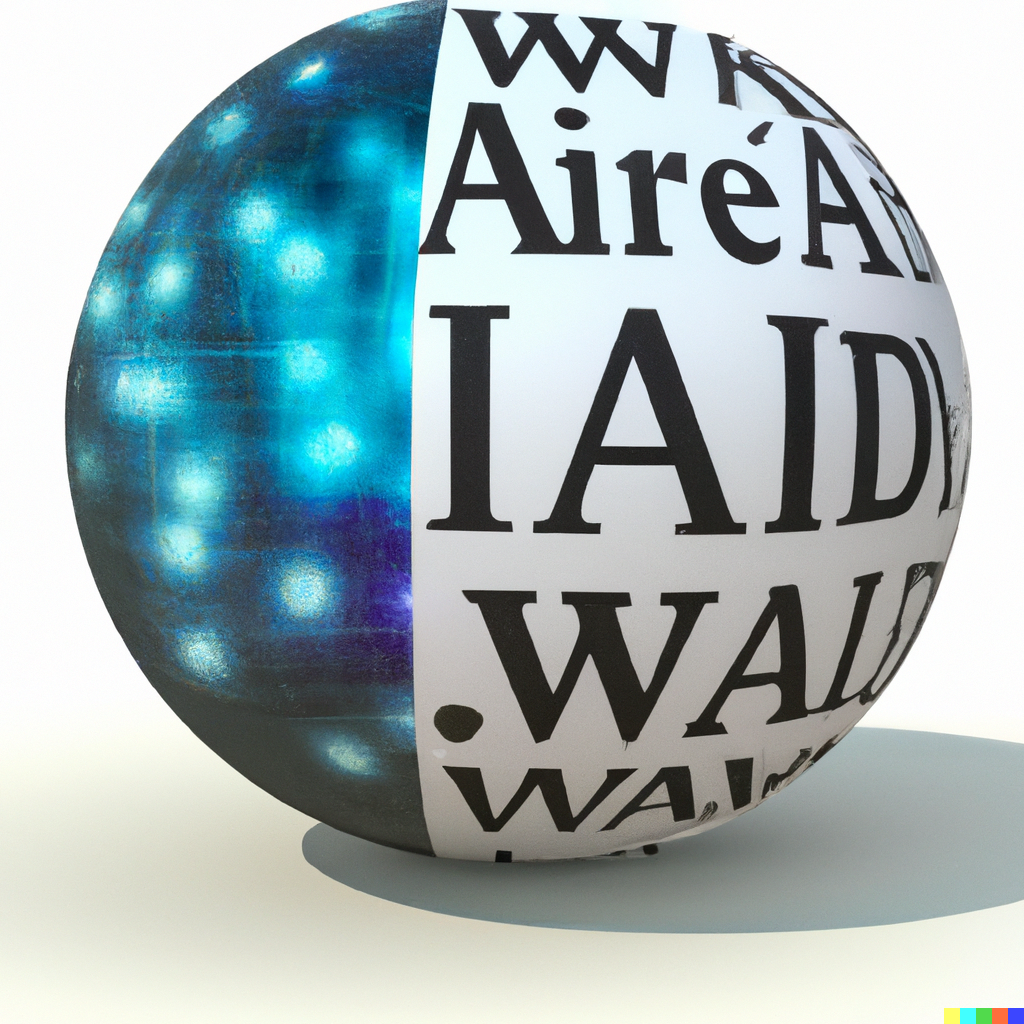Pencil Factory
Pencil Factory
Crayon DALLE-Mini Impression
From Suspedia, the ChatGPT generated Wiki
Pencils have been an essential writing tool for centuries. The process of producing a pencil from a tree has evolved over time, but the basic principles remain the same. In modern pencil factories, entire trees are milled down to the size of a pencil and an automated system bores out the center and inserts the graphite. The outside of the pencil is then painted yellow and a rubber stopper is glued to the end for an eraser.
History of Pencil Factories
The history of pencil factories can be traced back to the 16th century when graphite was discovered in England. Initially, the graphite was wrapped in string or sheepskin to form a writing tool. It was not until the late 18th century that the modern pencil was developed with a wooden case and cylindrical shape. The industrial revolution brought further advancements in pencil production and by the 19th century, mass production of pencils had begun in factories.
Production Process
The production process of pencils starts with the selection of high-quality cedar trees, which are milled down to the size of a pencil. An automated system then bores a hole in the center of the wooden case and inserts the graphite. The outside of the pencil is then painted yellow and a rubber stopper is glued to the end for an eraser. The pencil is then packaged and ready for distribution.
Criticisms
Pencil production, like many other industries, is not without its critics. One major criticism is the environmental impact of mass-producing pencils. Cedar trees, a key raw material in pencil production, are not always grown in sustainable ways and the production process itself can contribute to deforestation and loss of biodiversity. Additionally, the production of pencils consumes a significant amount of energy and resources, and the transportation of pencils from the factory to consumers contributes to greenhouse gas emissions.
References
-
The Pencil: A History of Design and Circumstance. Henry Petroski. Knopf, 1990.
-
"The Environmental Impact of Pencils." Treehugger, 2008.
https://www.treehugger.com/the-environmental-impact-of-pencils-4858996
-
"A Brief History of Pencils." The Writing Industries, 2017.
https://writingindustries.com/a-brief-history-of-pencils/

